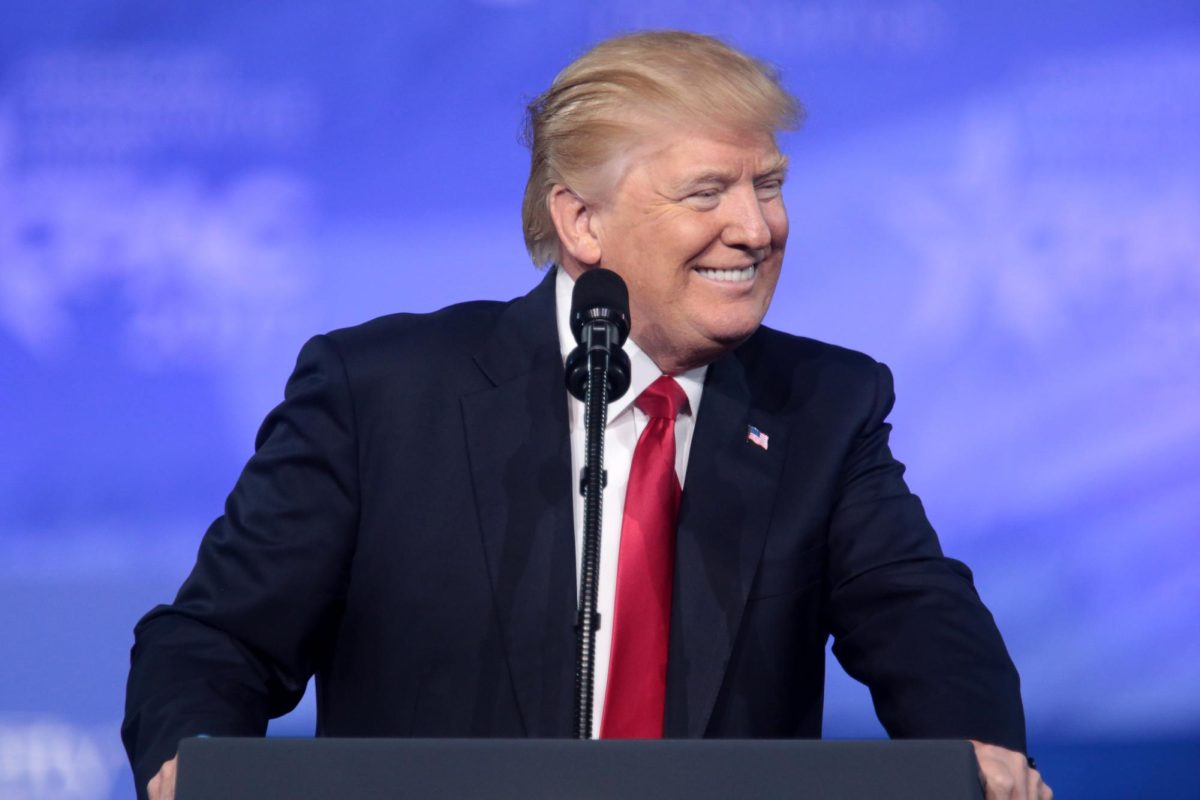Fears of a recession continue to fade as the current bull market extends. The Dow Jones Industrial Average passed 28,000 for the first time ever on Nov. 15, logging its fourth straight week of gains. The S&P 500 and Nasdaq Composite also closed at record highs, extending their winning streaks to six and seven weeks respectively.
These highs were fueled by positive news on the United States’ trade deal with China, Federal Reserve Chairman Jerome Powell signaling strength in the economy, and better than expected corporate earnings.
U.S. retail sales also rebounded in October, rising 0.3% after dropping in September, and beating the 0.2% economists expected. This is particularly important as it shows the strength of the U.S. consumer, which makes up 17% of the global GDP. To put that into perspective, China’s entire economy only makes up 16% of the global GDP.
However, the growth of retail sales is offset by the decline in freight shipments.
Cass Information Systems’ monthly report on freight shipments showed an 11th consecutive monthly decline in October, showing demand is down domestically and internationally for all modes of transportation.
This is a leading indicator for health of the retail market, as it shows inventories are being reduced, which means retailers expect sales to decline.
Despite recent positive news, doubt plagues traders. The S&P 500 has not moved up or down more than 0.5% for nine consecutive days since Nov. 5, driven partially by the uncertainty of a trade resolution between the United States and China.
Growing trade tensions and rising tariffs have set the global trade flows to grow at the weakest pace since the financial crisis, according to the World Trade Organization.
The WTO cut its forecast for global trade flows in 2019, projecting a growth of 1.2%, down from a 3% growth rate at the same time last year. This was spurred by both rising trade tensions and uncertainty over Brexit.
The International Monetary Fund also slashed its forecast for trade flows down to 1.1% growth, originally at 2.5%. Both the WTO and the IMF expect a rebound of trade flows in 2020, with forecasts of 2.7% and 2.5% growth, respectively.
U.S. government bonds also strengthened on uncertainty of the trade deal between China and the United States. The yield, which falls when bond prices rise, on the 10-year U.S. Treasury note fell to 1.808% from 1.833%.
This was due primarily due to a Chinese government official expressing concerns about trade talks with the United States. Falling treasury yields indicate a stronger demand for safer assets, and can also depress expectations for inflation, threatening the purchasing power of long-term government bond payments.
This week, keep an eye out for minutes from the Fed’s latest policy meeting, as well as new data on the manufacturing sector and consumer confidence in the United States.






